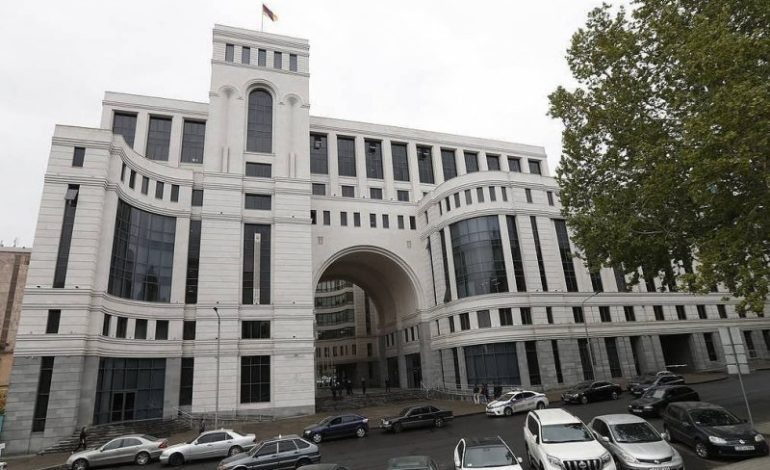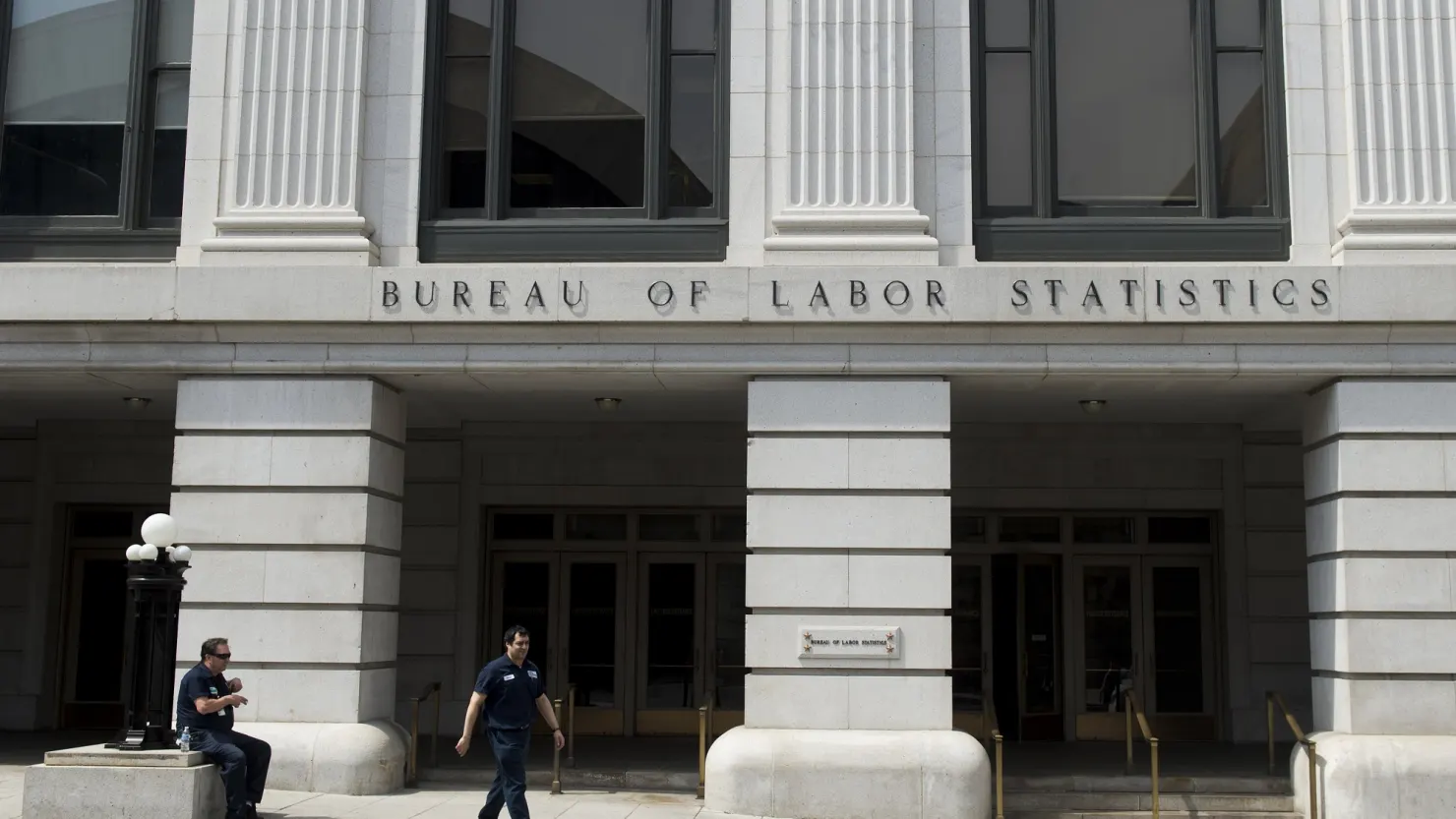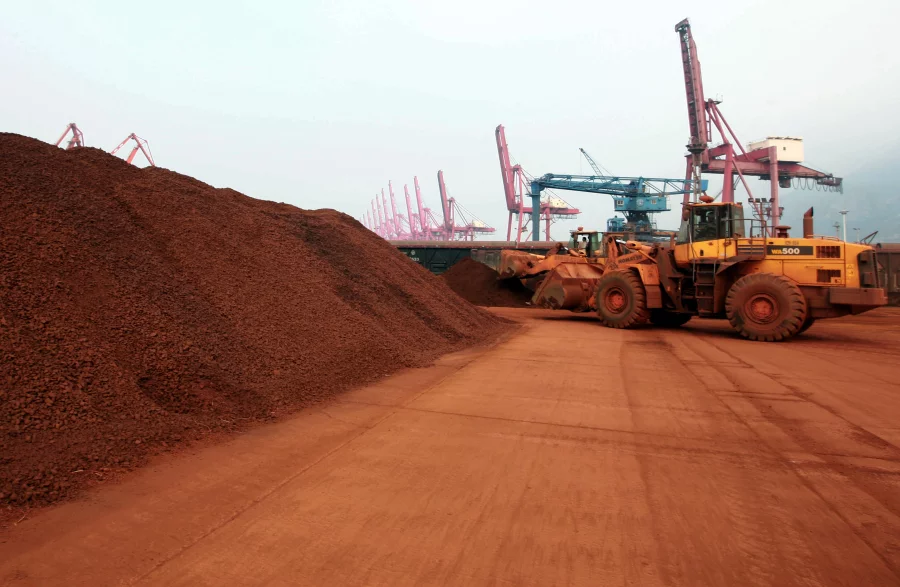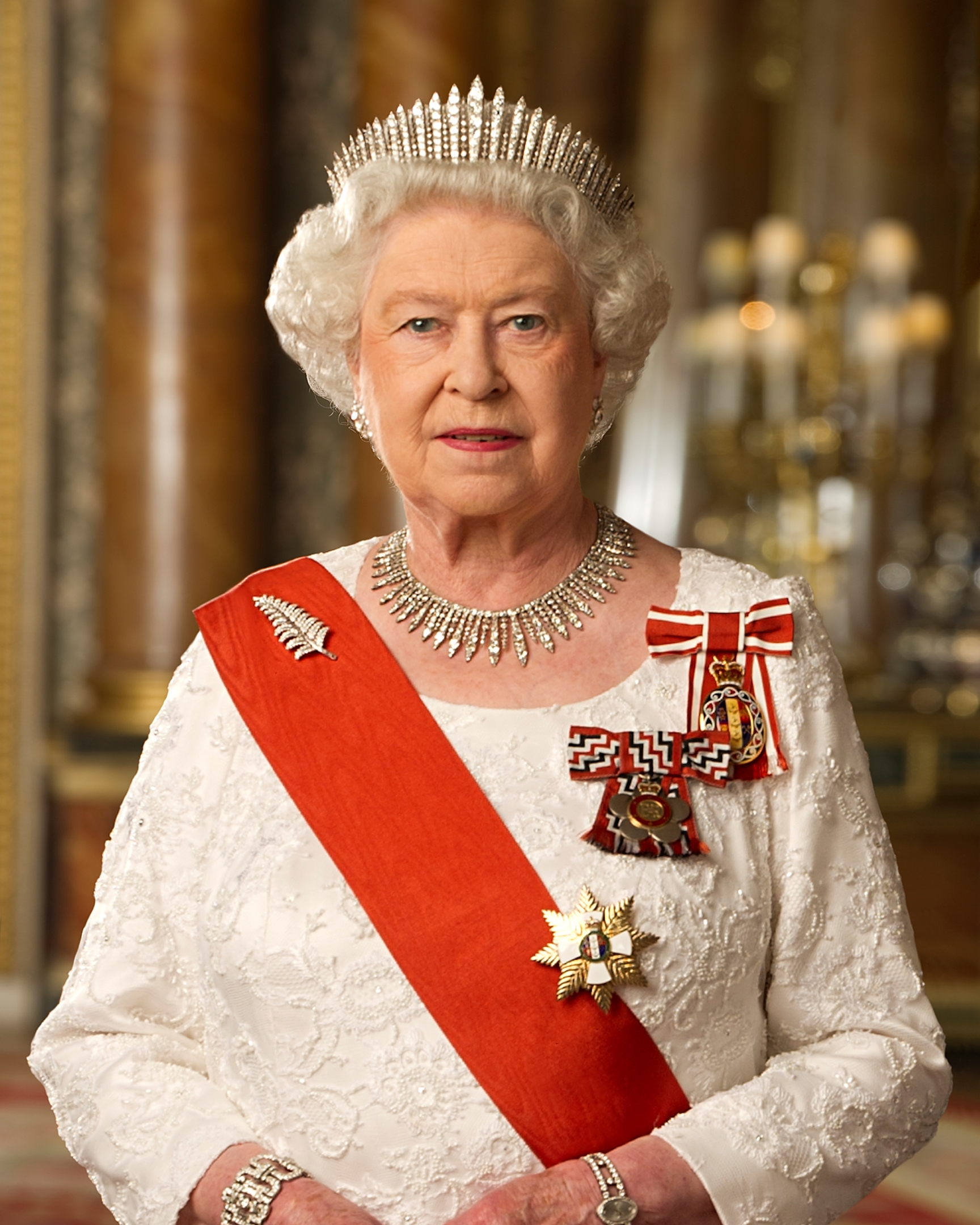Ready for Peace — or Just a Pause? Armenia’s Foreign Tailwinds and Domestic Crosswinds

If you only read the headlines, Armenia looks closer to peace with Azerbaijan than at any point since the 2020 war. Washington staged a handshake, the State Department put comforting words to paper, and Yerevan is carving out new bureaucratic space for European integration. Look a layer deeper, though, and the picture blurs fast. Foreign backing is real but conditional, and Armenia’s domestic politics — already fractious — are gearing up for a bruising 2026 campaign that could turn any peace deal into a moving target.
Start with the outside-in story. In late September, a senior State Department official quietly sketched three pledges that Armenians have wanted to hear for years: support for the return of ethnic Armenians to Nagorno-Karabakh in the context of “sustainable peace,” monitoring of trials for detained Armenians in Baku, and pressure on Azerbaijan to protect Armenian heritage. None of it is self-executing, but it matters that Washington put it in writing, especially after months when many in Yerevan felt the West had mentally moved on. It also didn’t happen in a vacuum. Armenian-American advocacy helped pry open the door, mobilizing Congress and spotlighting the humanitarian endgame that any real peace must address.
Then came the choreography in Washington on August 8, where Donald Trump hosted Prime Minister Nikol Pashinyan and President Ilham Aliyev for a joint declaration and a splashy label — TRIPP, the “Trump Route for International Peace and Prosperity.” The route is meant to stitch mainland Azerbaijan to Nakhchivan through Armenia’s Syunik province while remaining under Armenian sovereignty, with the United States granted exclusive development rights. On paper it’s infrastructure-as-deterrent: a US-anchored corridor of road, rail, energy and fiber that raises the political cost of renewed conflict and binds Armenia to non-Russian trade arteries. In practice, it’s where geopolitics meets the plumbing of sovereignty. If the United States secures a long-term lease and subleases to a private consortium, who sets the rules at the choke points? Yerevan insists sovereignty is intact. The ambiguity around border and customs procedures is the part auditors circle in red.
Foreign policy is rarely a straight line, and the domestic crosswind is stiff. Former president Robert Kocharyan is back on the field, announcing he’ll contest the 2026 elections and unloading on the government’s peace track. His critique is sweeping: negotiations that “give up” control of the Iranian border, a peace treaty he calls a ceasefire in disguise, and an EU pivot he dismisses as play-acting. He’s also resurrecting the deep, unresolved shadow of 2008, when postelection violence left ten dead and shaped the Pashinyan–Kocharyan rivalry to this day. The courts have since voided the charges against him tied to those events, but the political memory lingers.
Arman Tatoyan, the former Human Rights Defender, is staking out a different lane while also heading for 2026. He casts his run as a break from “old rules,” accusing the ruling party of concentrating power, dulling oversight and politicizing the judiciary. Across several years he’s tangled with the government over border security, most notably his public claim in 2021 that Azerbaijani forces were entrenched on Armenian sovereign territory in Gegharkunik — an assertion the Defense Ministry rejected. For Tatoyan’s supporters, the episode symbolized a state that minimizes threats; for critics, it showed the danger of solo freelancing on questions of war and peace. Either way, it underscores how fragile consensus is on the most basic prerequisite for a treaty: uncontested borders.
That’s the hinge in the whole debate. Can you sign real peace while unresolved incursions linger on the map and detainees remain in Baku’s prisons? Pashinyan’s answer is to push ahead, arguing that the dividends — open routes, economic breathing room, and a step-change in foreign investment — are worth the political heat. The government’s decision to create a European Integration Department inside the Foreign Ministry is a signal of that bet. It’s also a recognition that any sustainable peace will be measured not only in fewer skirmishes, but in higher wages, clearer rules, and tangible projects that shrink the gap between promise and daily life.
Economics is where the theory meets the wallet. Armenia’s mining sector just held a forum that drew a Canadian firm dangling up to $5 billion for copper and molybdenum — contingent, of course, on feasibility and the usual due diligence. Deals like that need stable corridors, predictable regulation, and a perception that Armenia isn’t one headline away from crisis. They also need political buy-in across parties, because a mega-project that becomes a football in the 2026 campaign won’t get far beyond the press release.
The politics won’t calm down on their own. Kocharyan says the TRIPP is a Trojan horse that hands de facto control of Armenia’s southern border to Washington while giving Baku the “extraterritorial” passage it has long demanded. Pashinyan says that’s wrong — that sovereignty remains intact and operations would run through a US–Armenian consortium. In between those poles sits a public that has absorbed heavy shocks since 2020 and wants two things that sometimes collide: security in the here and now, and dignity in the long run. Add the most sensitive questions — the right of return for Karabakh Armenians, the fate of prisoners, the safeguarding of cultural sites — and you begin to see how emotionally freighted the “peace” label can be.
Foreign support helps, but it also complicates. The State Department letter is a floor, not a ceiling; Washington’s leverage is real, yet not limitless. The TRIPP concept, if it moves from slogan to asphalt, could lock in a deterrent architecture that advantages Armenia — unless it’s mishandled, in which case it becomes a new arena for friction. Europe’s door is ajar if Yerevan can demonstrate rule-of-law progress, institutional competence, and a credible reform arc. None of that substitutes for a domestic consensus sturdy enough to survive an election, a border incident, or a news cycle.
So is Armenia ready for peace with Azerbaijan? Ready, perhaps, for a peace process that delivers fewer funerals and more freight. Ready, too, for a foreign-policy pivot that trades brittle dependency for overlapping partnerships. But peace as a political settlement you can build a country around needs a sturdier foundation at home. It needs alignment on borders and prisoners, clarity on who runs what along the TRIPP, and a post-Karabakh strategy that treats displaced Armenians as citizens with rights, not as a rhetorical problem to be wished away.
Readiness, in short, will be judged in the next twenty-four months. If Washington’s promises start turning into verifiable steps, if Brussels sees a state that can implement rather than improvise, and if Yerevan’s competing camps can argue without burning down the scaffolding of the deal, Armenia could shift from crisis management to conflict closure. If the 2026 race becomes a referendum on whether to relitigate 2020 or to bank imperfect gains, the answer will be decided not in foreign capitals but at home. Peace is a choice. Whether Armenia is ready to make it — and live with it — now depends less on the handshakes abroad than on the handshake it can make with itself.







The latest news in your social feeds
Subscribe to our social media platforms to stay tuned